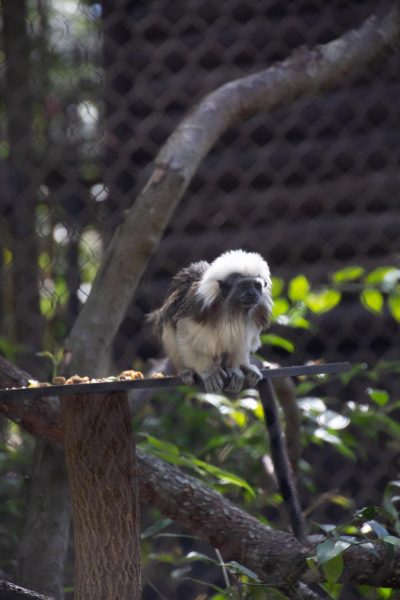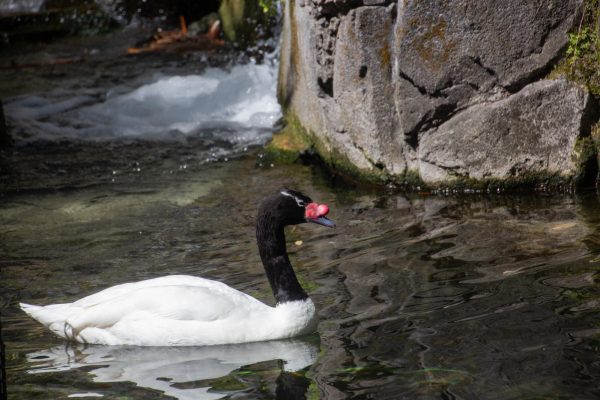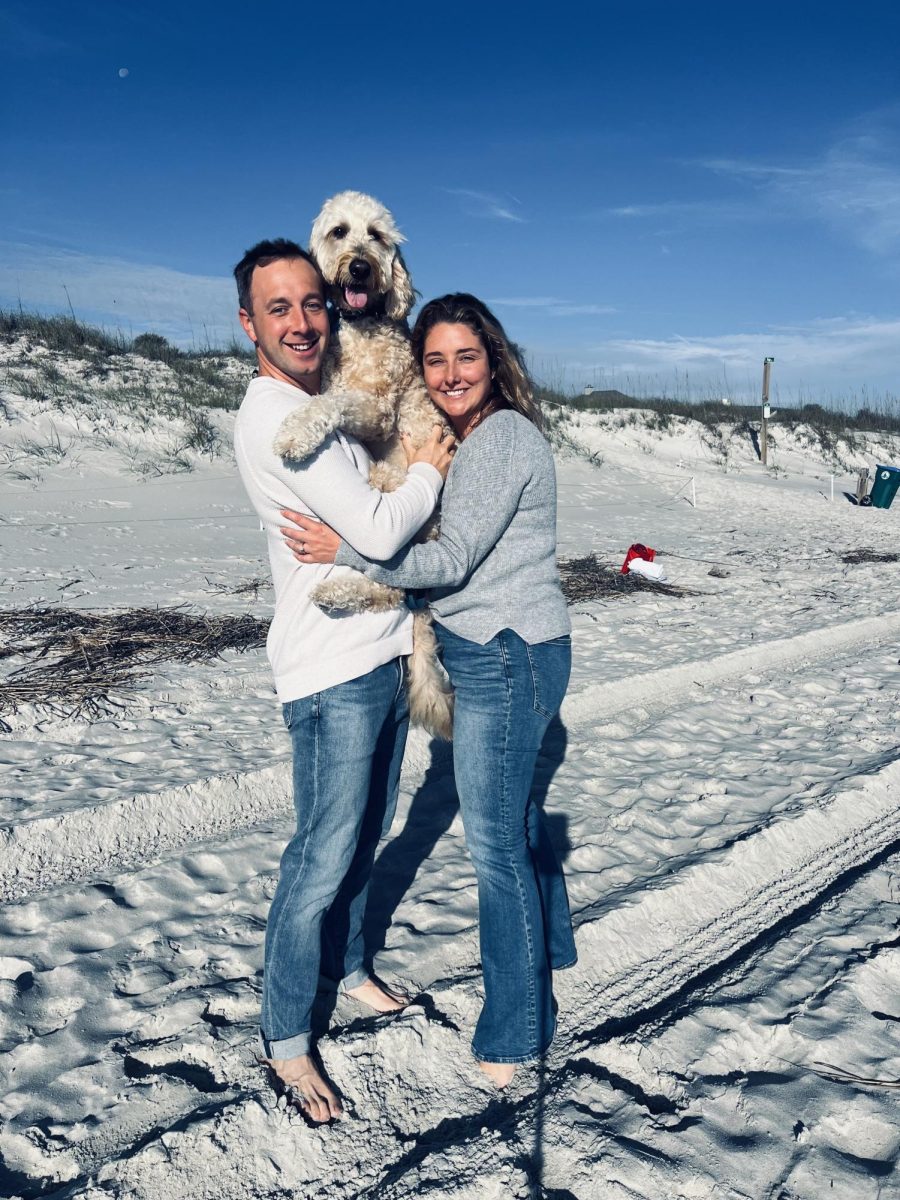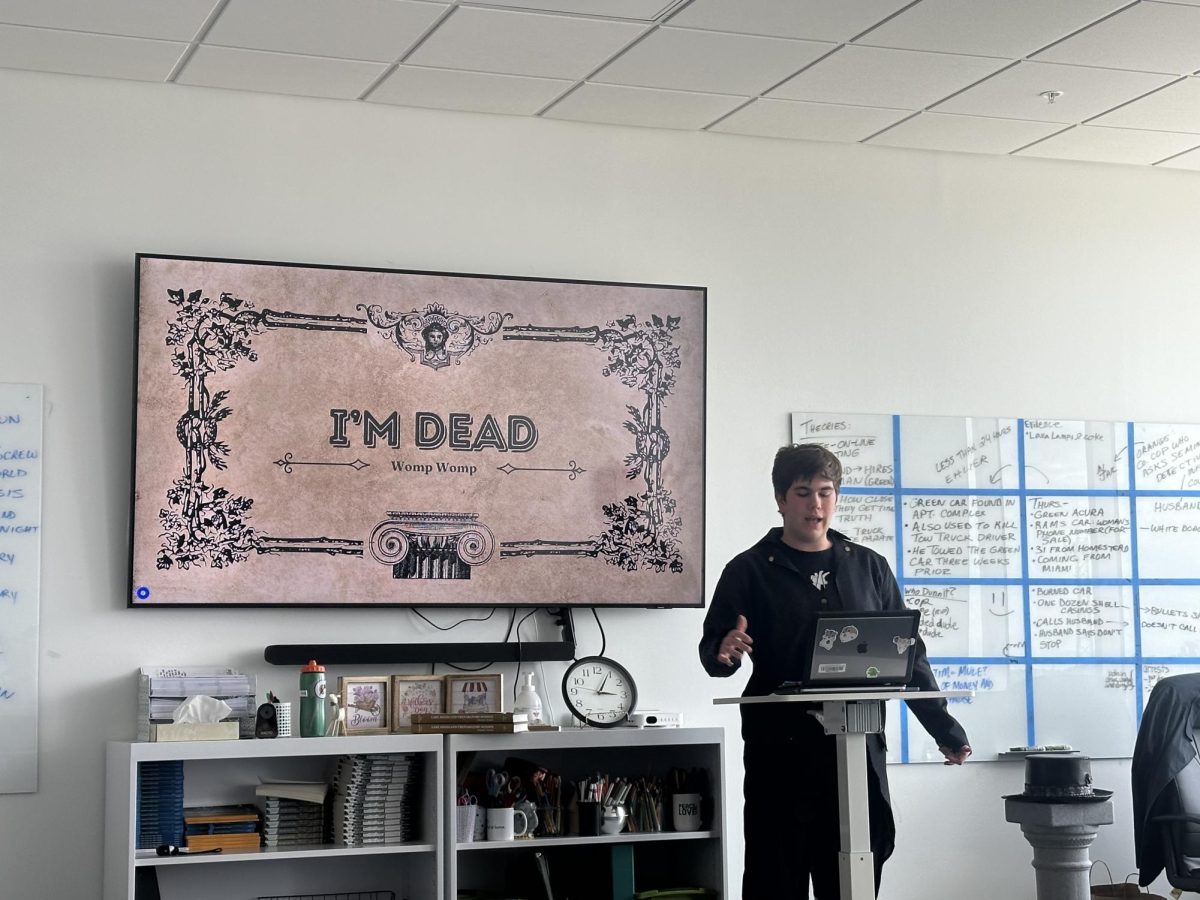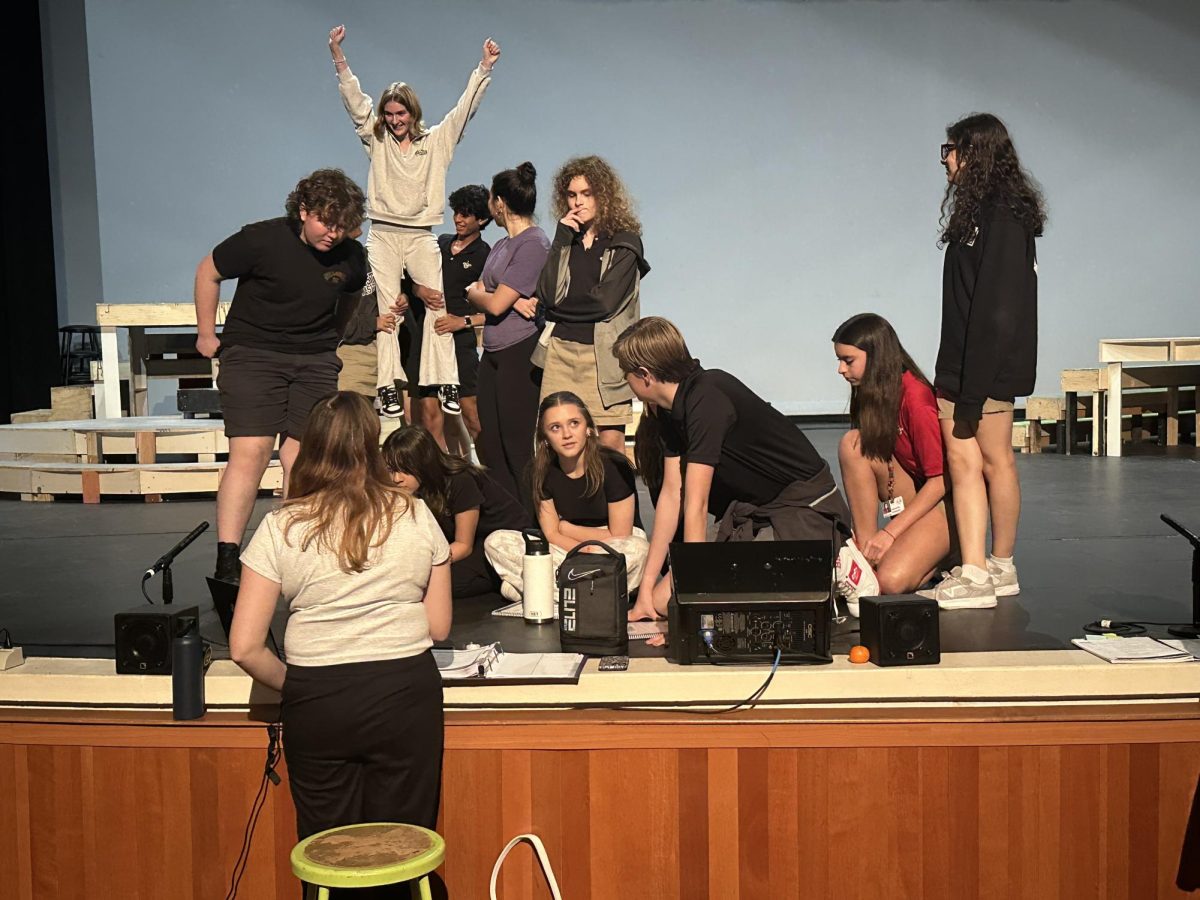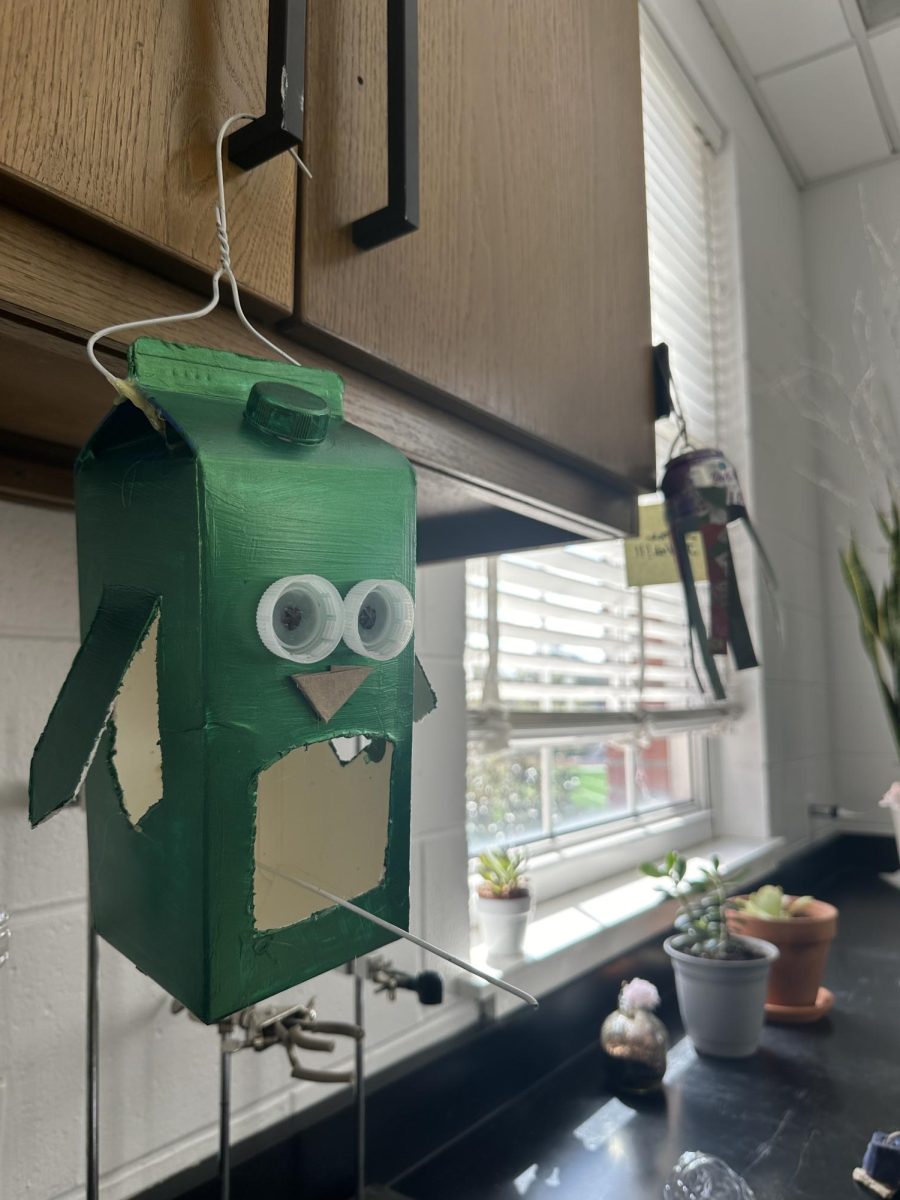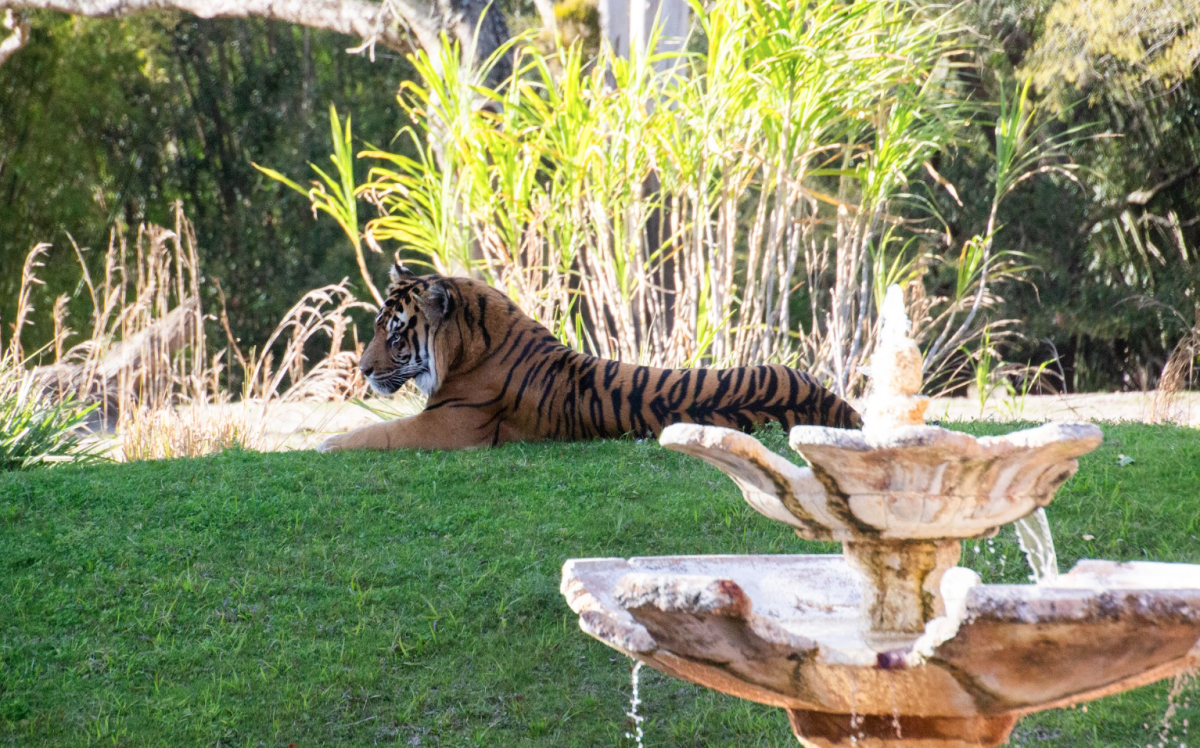Growing up, many of us experienced the awe of giraffes stretching their necks up or lions lazing on a rock, right before our eyes and only minutes away from home. However, in recent years, concerns for the treatment for these animals, as well as the morality of simply confining an animal, particularly for entertainment purposes, have risen. This makes people question whether zoos, aquariums, aviaries, safari parks, game reserves, and other refuges follow the principles of freedom and autonomy. Additionally, people are left wondering if these facilities should continue to remain operational, and if future generations will have the chance to be amazed by elephants blowing their trucks and tropical birds flying above them. However, while both those who argue for the freedom of these animals and those who advocate for regulated conservation of them have valid points, the controversy has made it easy for us to lose sight of the other party’s argument. As a result, society fails to protect the species that deserves conservation. Whether that means freeing animals or watching over them, brushing past either argument could create a larger danger to the animal world.
Knowing the history behind such institutions is half the battle of understanding the purpose behind the practice of confining animals. According to National Geographic’s education website, “Private collections by the wealthy to show their power,” were the first forms of zoos dating back to as early as 2500 BC. Additionally, there is evidence that owners of these establishments hired caretakers to ensure the health and safety of the animals. The modern zoo, also known as the public zoo, originated during the Age of Enlightenment during the 18th Century. This was a period during which scientists wanted to study the behaviors and anatomy of various species and therefore built areas that resembled their natural habitats. However, National Geographic notes that many of these early public zoos were, “More like museums of living animals than natural habitats,” as animals were crammed in small spaces.
With that said, the other half of the battle is knowing where we stand today. According to Forbes, the four goals of zoos are to conserve animals and their natural habitats, educate the public on connecting with and protecting the natural world, research ways to achieve these goals and apply them to both wild and domesticated populations, and gain the involvement of the public. In fact, animal behavior scientist, Paul Rose, goes as far to say that zoos also, “[Bring] many positive benefits to human mental health and well-being,” particularly in highly populated urban regions, as zoos provide an opportunity to connect with nature. However, it is important to note the entertaining purpose zoos have served, as this has led to questions on the morality behind the institution.
One false myth is that the animals placed in zoos are actively captured from the wild. Although the animals’ ancestors were likely forcibly taken, nowadays nearly all animals held in zoos were born there. The few that were born in the wild are no longer able to survive outside of zoos due to health conditions. This makes life in the zoo the only existence that many of these creatures have ever known. Since these animals have no experience with living in the wild, it poses a greater threat to release the animals. Some argue it is even an injustice to send them back into the wilderness with no survival skills. This leads to the question of the intentions of animal breeding.
Many zoos claim that they breed certain species to help preserve them as well as to create biodiversity. While the morality behind this purpose becomes subjective, and it is difficult to determine if that’s their true intention, what is known is that animals must be healthy in order to safely reproduce. With that said, if animals are reproducing then it is typically a good indication of their health, and therefore treatment, by the zoo keepers.
But are zoos truly taking good care of their animals? All zoos in the United States have to comply with the Animal Welfare Act (AWA), which requires the minimum standards of care. Additionally, as regulations on caring for animals increase, most zoos, aquariums, and other animal refuges earn accreditation through organizations such as the Association of Zoos & Aquariums (AZA) and the World Association of Zoos and Aquariums (WAZA). According to AZA, becoming accredited means meeting their standards for, “Animal welfare, care, and management, including living environments, social groupings, health, and nutrition,” which are evaluated through detailed screenings of establishments. There is a review of, “Policies, procedures, records, lists, and reports,” for each zoo with a team of inspectors that includes veterinarians and operations experts. While it is hard to determine what exactly those standards are, this certainly adds some credibility to the level of care provided by zoos.
Now, this isn’t to say that places which treat animals poorly don’t exist. Reports and investigations continue to be found on establishments that are under fire for the maltreatment of their animals and rightfully so. For example, despite the efforts WAZA seems to be making, 75 percent of the affiliated places, “Offer at least one animal/visitor interaction” with, “Animals being cruelly used in demeaning experiences,” according to a report published in 2019 by the organization World Animal Protection and the Change for Animals Foundation. The report included venues located in five of the seven continents, including North America. These interactions in other countries include, “Big cats in gladiator-style shows in large amphitheatres, dolphins being used like surf boards, elephants playing basketball, and clothed chimps in nappies, driving around in scooters” all of which, “Require cruel training techniques” according to World Animal Protection. For instance, the report states that lions are, “Most active at dusk and dawn,” so making them perform during the day can increase stress and aggressiveness, while also disturbing their natural biological rhythm.
While many policies are already put in place and upheld to remedy these issues, it is still important to note that research from the early 2000s and 2010s points out that many species still did not have enough space in zoos or were dying much sooner than their wild counterparts. For example, according to a 2003 article by Mark Derr from the New York Times, biologists from Oxford University found that large carnivores, “Had a high infant rate mortality and tendency to pace around […] in the cage,” the latter of which is due to a lack of mental stimulation. This is directly related to the lack of space theses animals had. This encouraged many zoos that didn’t have space necessary to either make changes to accommodate these animals or move them to either zoos that do have the space available or non-visitor sanctuaries. Even as ubranization increases and threatens space in the wild, some still argue that any amount of confined space will never be equivalent to the space available in the wild.
Similarly, the New York Time’s Charles Sibert mentioned in his 2019 article that a 2012 investigation done by the Seattle Times revealed, “More than 22 zoos had shut down their elephant exhibits,” since the early 1990s on various ethical grounds. The same investigation, “Found that 390 elephants had died in accredited zoos in the previous 50 years, a majority of them from captivity-related injuries and diseases,” with the article mentioning the larger problem still seems to be low healthy reproduction rates. Once again, while many of these elephants were moved to safer developmental spaces, many anti-captivity activists argue that history behind these establishments outweighs the change they have accomplished. Moreover, they argue that if this was only the U.S. between the last two decades, then how can we ensure zoos are truly taking measures to prevent such tragedies, both in the U.S. and around the world? And, as mentioned numerous times, the vague conditions set in both the AWA and organizations such as AZA and WAZA are only the bare minimum. This makes it difficult to prove abuses, and many argue that they often result in low impact consequences for facilities until the issue can no longer be ignored.
So where exactly does this leave us on the question of if zoos should continue? As demonstrated, each side has valid arguments that seem to be on the side of justice. With that said, it ultimately comes down to the circumstances of each zoo and each individual’s morals. As vague of an answer as that is, it is difficult to be sure of every institution’s intentions. Regardless of what you believe, it is just as much of a threat to shut down all facilities for those who sincerely care for their animals as it is to ignore the abuses that occur despite the regulatory laws and organizations that are established. If you choose to visit such establishments, it is crucial to be aware of everything that takes place and take action when things seem inconsistent with regulations. Therefore, the decision depends on your best judgment based on the immense yet broad information available, as the bigger danger lies in ignoring what we do know.
